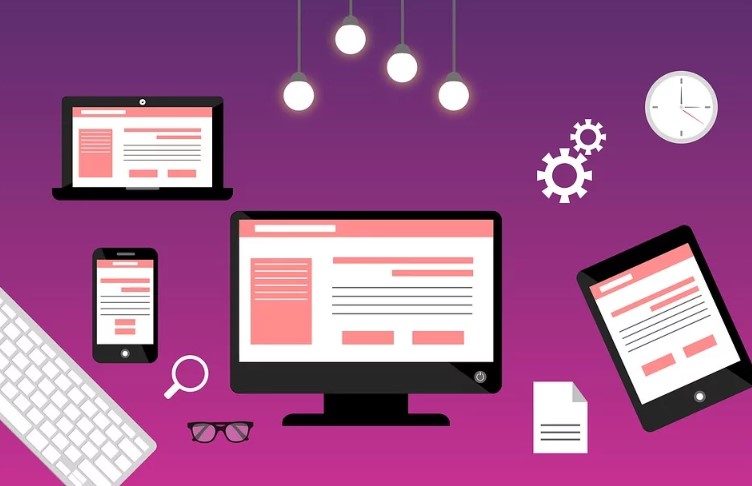Testing is a crucial step in the UX design process. It delivers validation and guidance that teams require to design an outstanding product. Experts at Adobe mention it can help you “ identify and assess any problems in your product that are causing friction.” Hence, testing is a great practice to observe users as they use a specific product. Usability Testing Articles are available online to help you learn the best practices and latest methods.
Employ an Initial Decision-Making Technique
Primarily, you need to decide on which part of your product, service, or website you aim to run a test. Gather all of your thoughts, write down desired pros, put down expected cons, and identify weak areas that require further improvement. This way, you are in a better position to establish a clear hypothesis for a usability study.
Decide on Your Study’s Tasks
Do you have any disturbing questions in your mind? For instance, how are your users going to react to certain parts of your design? Or are you afraid of how users will view when they first happen to land on your page? Then, it is sensible on your end to select your study’s tasks beforehand. Make sure the tasks are aligned with your users’ most standard objectives.
Create a Standard for Success
Maybe you are certain on what to test, why to test, and how to test, but you need to set a standard for success. In the absence of specified criteria, you and your team don’t stand a chance to measure the success of each task. Setting a benchmark of success helps you analyze whether your product’s user experience is impulsive or not.
Assign Roles
Next is to write a script or a study plan and delegate roles. The moderator of the usability study will remain neutral. He will strictly follow the script and guide the participants accordingly. He should be capable enough to stay neutral during the test and not influence under social pressure. He will be liable to make your participants feel comfortable so they can complete the tasks. Besides, you need to carefully screen and recruit the appropriate participants for usability testing. It is said that a total of five participants is ideal for each study.
Conduct Your Study
During the actual study, note-taking is a significant part. If no data is recorded, it would be impossible to extract useful insights. You must request your participants to finish tasks one by one and without any guidance. If they ask you anything like how to do this, then don’t help them. It will help you examine how long it will take for the users to understand the interface. Once they are done, ask for their reviews and feedback. A qualitative study is best-suited to identify the pros and cons of your design.
Rationally Evaluate Data
Lastly, analyze your data and accurately record the findings. An in-depth examination of the collected data will help you discover patterns of issues, measure the seriousness of each problem, and provide you with valuable design recommendations. Write down the main takeaways of the usability test. This way, you will be able to work on the improvement of your product or website’s design.
Related Posts












